Table of Contents
OVERVIEW
First described in Singapore in 2008, Hercostomus meieri is a common species of the family Dolichopodidae (long-legged flies) which can be found in mangroves. Like other members of Dolichopodidae, H. meieri is characterized by their long legs and appears to have a shiny exterior appearance. Specifically, H. meieri has a metallic green colour on its head, thorax and abdomen.
Belonging to Empidoidea, one of the largest superfamilies in Diptera, dolichopodids are predators as both larvae and adults, hence able to act as biological controls on prey populations.[1] In addition, they are also excellent bio-indicators of aquatic habitats.[2]
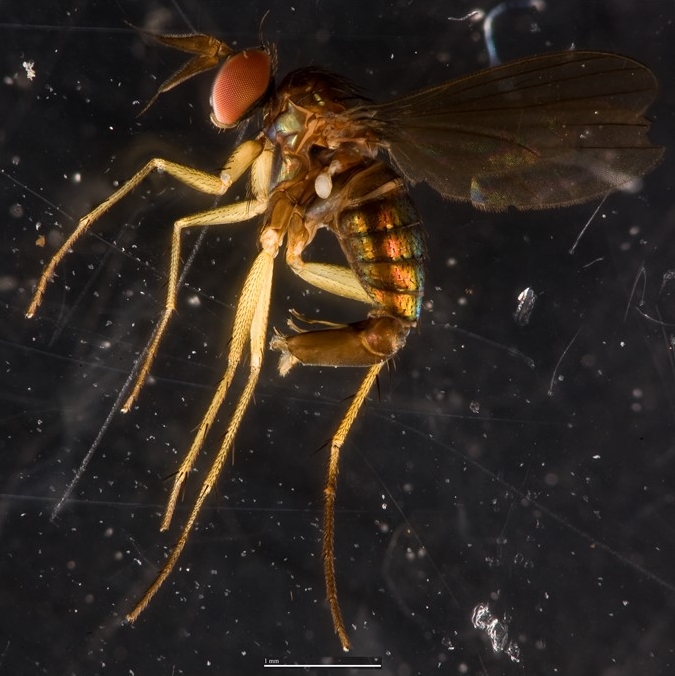
Figure 1. Image of Hercostomus meieri. (Taken by Chin Kai Qing)
In 2005, Dr Patrick Grootaert, one of world’s leading dolichopodid expert visited Singapore and spent a sabbatical year between 2005 and 2006.[3] During this period, he surveyed Singapore's mangrove areas and discovered an impressive total of 150 species of Dolichopodidae in Singapore. Yet despite their commonness in terrestrial and aquatic habitats of Singapore, dolichopodid flies have yet to be studied extensively. This page presents H. meieri which was a new species found and described during his survey. Due to its recent discovery, little is known about their behaviours and diverse adaptions.
However, this also highlights the lacking research needed to understand these flies in their natural habitats and how they can be used to assess the quality of Singapore's aquatic habitats. In addition, the impressive discovery of fauna in Singapore's mangroves helps to encourage greater conservation efforts to preserve mangrove areas amidst rapid urbanisation and land development.
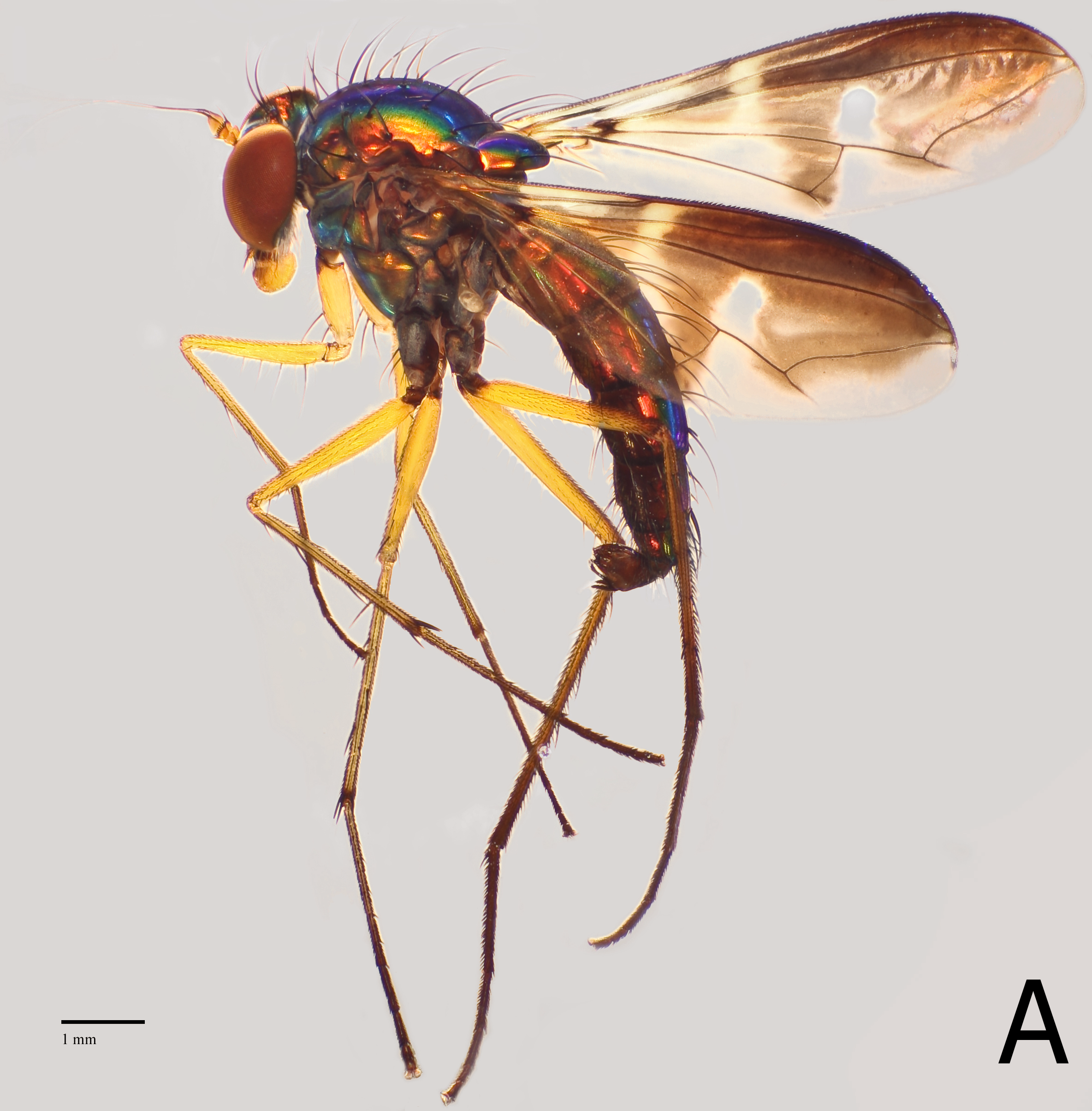 |
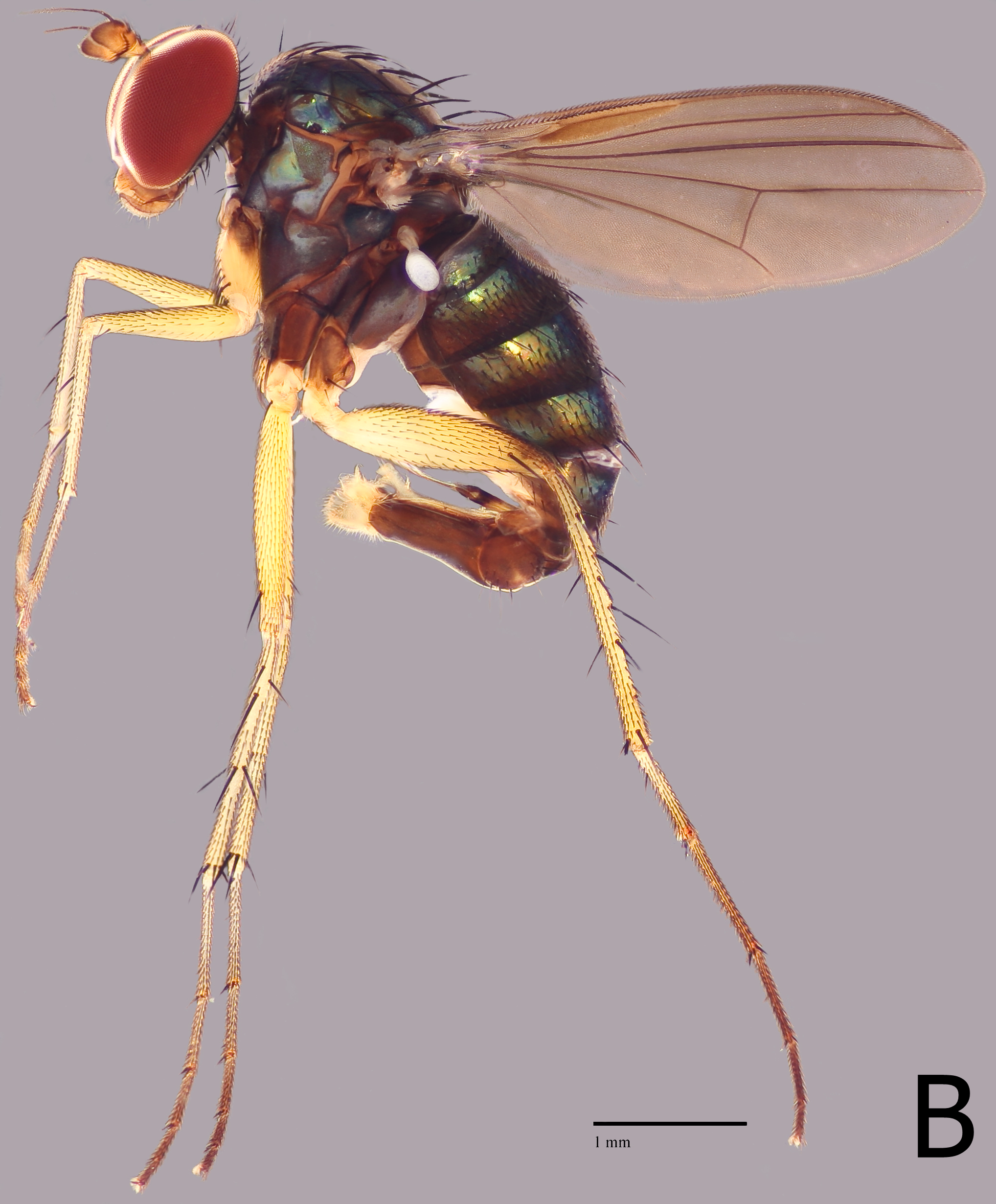 |
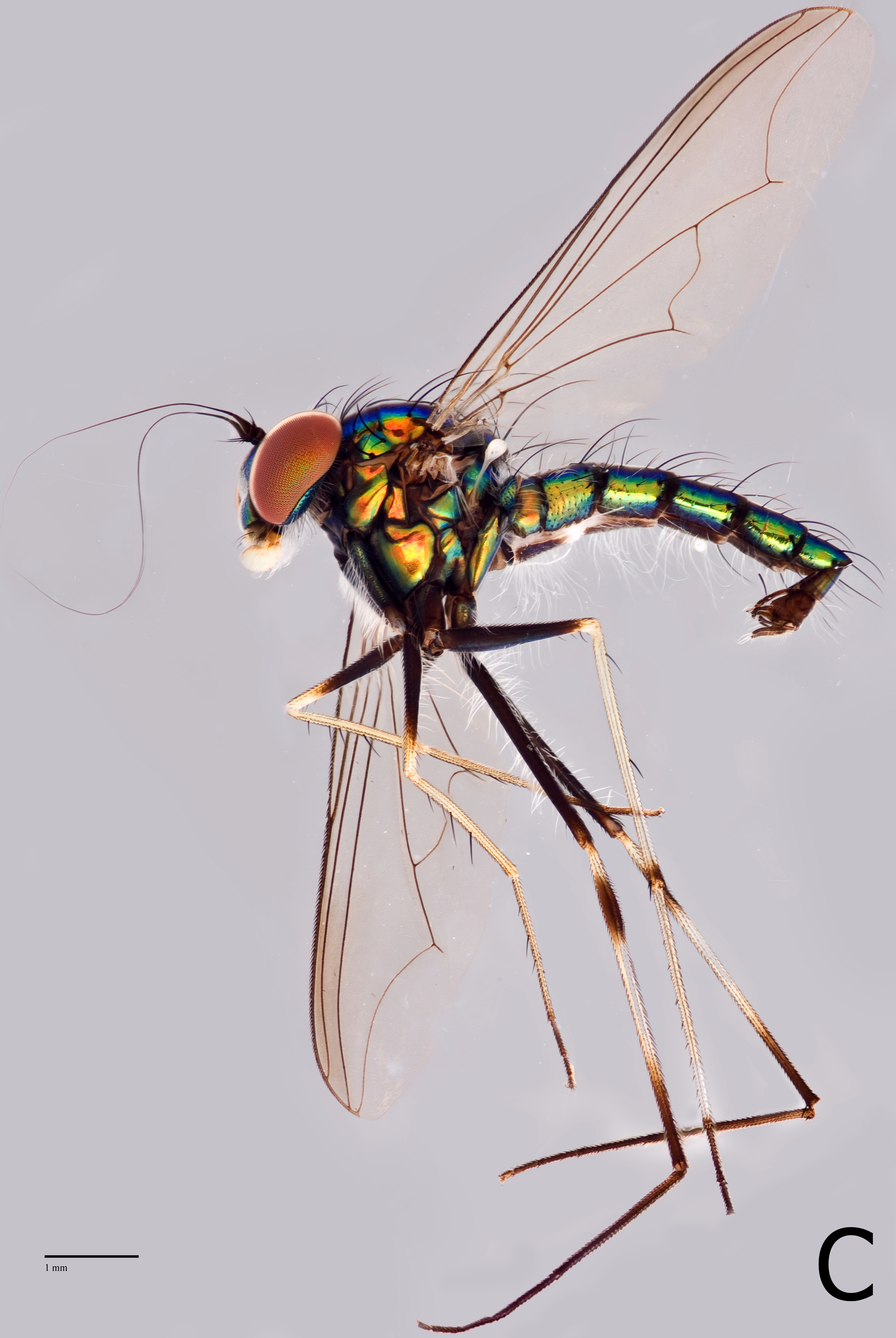 |
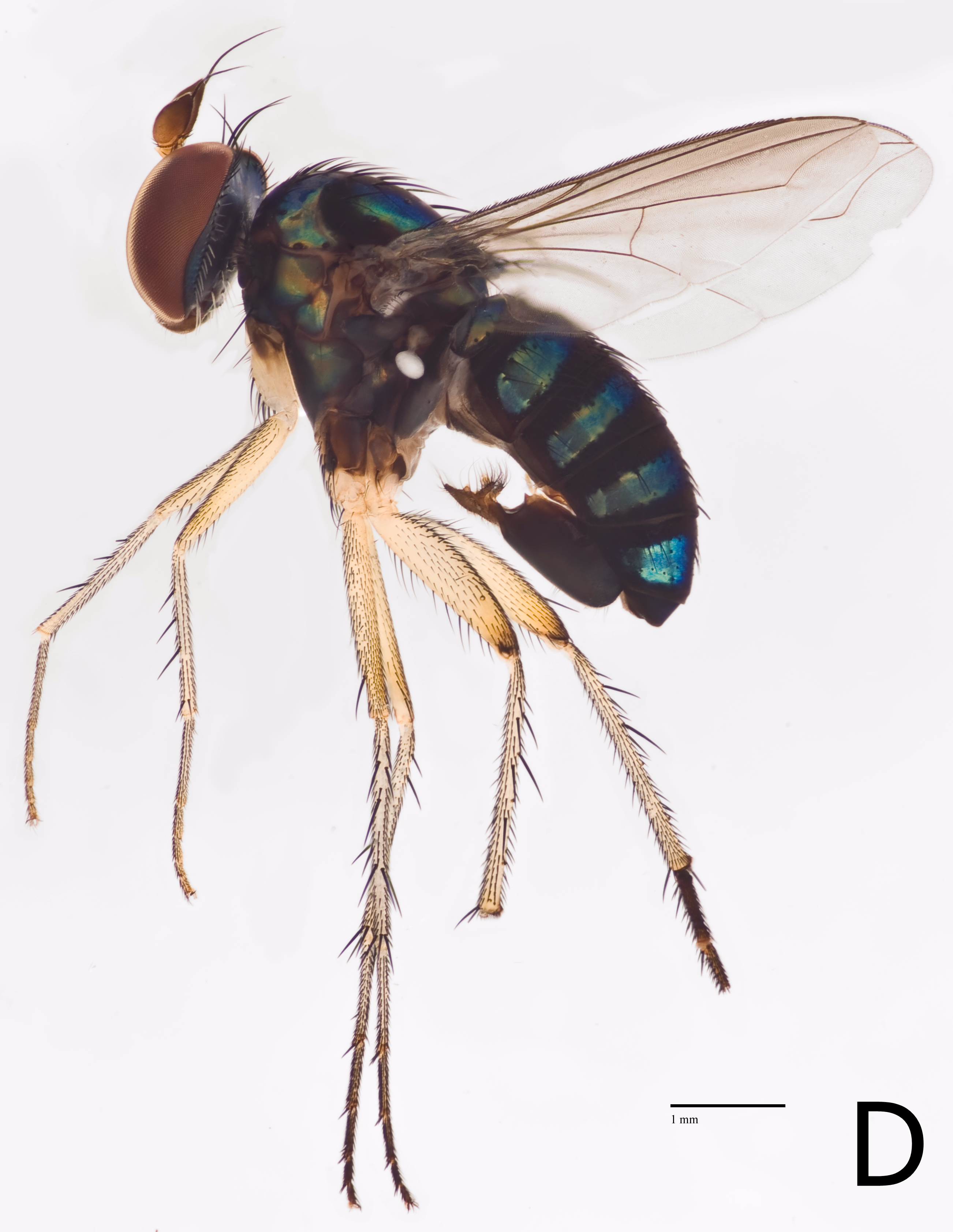 |
In contrast to common misconception that flies are pest, dolichopodids are spectacular flies with attractive features and are not vectors of diseases. They also exhibit fascinating behaviours, such as mating dances, with their highly decorated body parts. Take a closer look and one will appreciate its beauty.
DISTRIBUTION AND HABITAT
Hercostomus meieri is mostly found in the Southeast Asian region, particularly in Brunei, South Thailand and Singapore which are areas closer to the Andaman Sea.[4] Similar to most dolichopodid flies, H. meieri favours moist environments such as lake banks, damp forest floors or streams. As compared to some dolichopodid species discovered to prefer vertical surfaces like tree trunks, H. meieri spends most of its time skittering on the mudflats.In Singapore, many of the dolichopodid flies surveyed are mangrove species. H. meieri is also a mangrove species. Many of the specimens were collected from the mangrove areas of Pulau Tekong, Pulau Ubin, Sungei Buloh and Semakau.
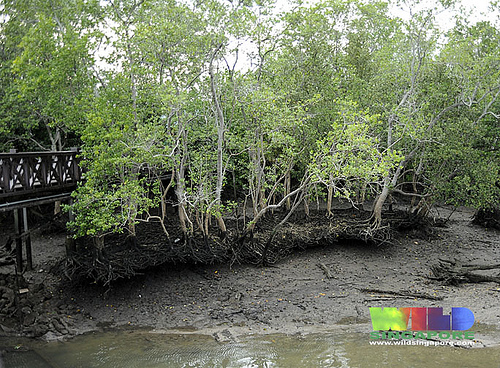
More specifically, they are commonly found in back mangroves, which are relatively less exposed to tidal changes and closer to terrestrial areas. This distribution is similar for both larvae and adults. Larvae are often found in the top layer of mud while adults often hover above ground surface for feeding. Such habitat condition is relatively similar to other mangrove species from the genus Paraclius and Hercostomoides. It is important to note that dolichopodids have very specific habitat requirements. As such, they are usually found in undisturbed environment where water quality is good. This makes them good bio-indicators to monitor aqueous habitats as their short generation time allow for quick responses to habitual changes.
BIOLOGY
ONTOGENY (LIFE CYCLE)
Like most insects which undergo complete metaphormosis, the life cycle of a dolichopodid fly consists of four stages, egg, larvae, pupae and adult.
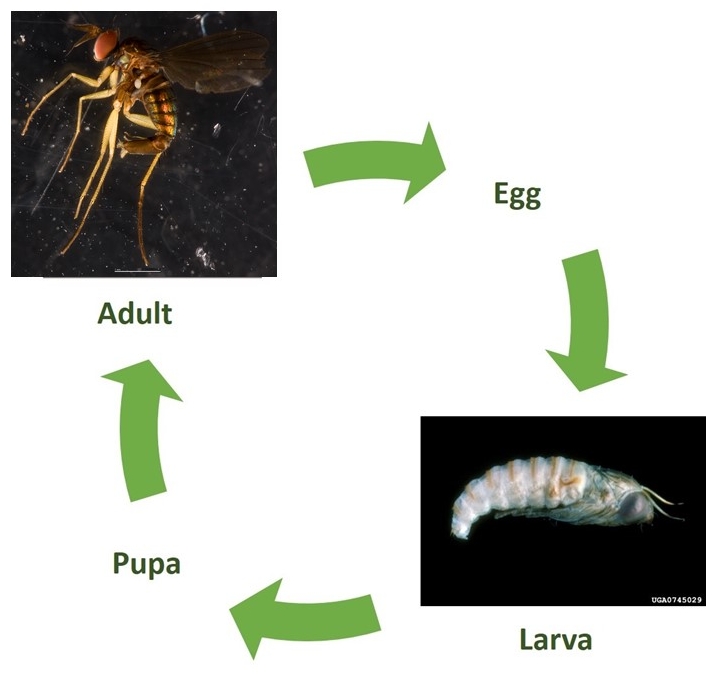
Figure 4. Life cycle of H. meieri (Taken by Chin Kai Qing). Image of larvae used is that of Medetera sp. (Taken by Gerald J. Lenhard, Louisiana State University, Bugwood.org)
For most dolichopodids, females prefer to deposit their eggs into damp and moist surfaces like mud, damp soil or sometimes under tree barks. Larvae which emerge from the eggs would thus remain in the moist environment to forage for food. At the larval stage, there are three larval instars which have yet to be studied hence little is known about the developmental stages. When larvae are ready to enter pupal stage, they would spin a cocoon all around themselves and include soil particles, sometimes even wood debries, which help to solidify and increase protection of the pupae. During this process, larvae would leave their respiratory horns protruding out and in contact with the environment for respiration.[5] Adult flies would later emerge and continue the cycle with the search of mating partners.
DIET AND FEEDING BEHAVIOURS
Dolichopodids are innate predators as both larvae and adults.[6] Their carnivourous larvae commonly feast on larvae of other insects like mosquitoes (Family: Culicidae) and non-biting midges (Family Chironomidae) which share the same nursery grounds as them. Although it remains unclear what H. meieri feeds on precisely, it can be inferred that their larvae would feed on Chironomidae larvae that can be found in the mudflats.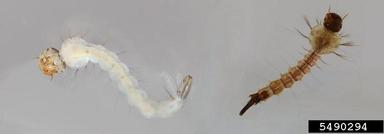
Similar to the larvae, dolichopodid adults also prey on larvae of Culidae and Chironomidae. At times, adults can also be opportunistic predators, feeding on crustacean larvae which can be preyed on when water on mudflats dry up. Specific to H. meieri which inhabit in back mangrove area where it is relatively less affected by tidal changes, preys are often found on the top layer of mud and can be easily spotted by the adult flies.

In fact, it is exceptionally fascinating to watch how these dolichopodid flies feed on their preys. After locating its prey in the mud, the fly would use its fleshy labella (similar to lips) to haul the larvae out to the surface and hold it while the fly feeds. During feeding, the fly would extend out its epipharyngeal blades to slice an opening in the larvae as it sucks out the liquid and liquefied contents[7] . While it was once believed that certain species of dolichopodid flies have muscular forelegs to aid seizure of preys, it was later disproved. Occasionally, dolichopodid flies would employ their forelegs only to adjust their preys into better positions for feeding.
NATURAL PREDATORS
What comes around, goes around. While H. meieri is feared by larvae of other insects they feed on, they also have their natural predators to be afraid of. Continuing the food chain, dolichopodid flies often fall into the vicious mouths of spiders (Order: Araneae), moths (Order: Lepidoptera) and of course some frogs (Order: Anura) present in Singapore's nature which enjoy a swarm of dolichopodids for a meal.
COURTSHIP AND MATING BEHAVIOURS
The mating of dolichopodid flies begin with courtship rituals. The rituals can take place in the form of flight maneuvers, as the male appears to be jumping between two places in front of the female, or badge displays.[8] These behaviours were known to be part of the male’s energy investment in sexual selection.[9]
Badge displays often appear more fascinating as males exhibit these sexual dimorphic badges as visual signals to be perceived by the females. That is to say, these badges of varying colouration on legs, antennae or wings are present in males only. For some species of dolichopodids, males have colour bands of black, white and sometime yellow on the tip of their forelegs, also known to be modified tarsal segments. Other may have aristal flags at the tips of their antennae (Figure 7).
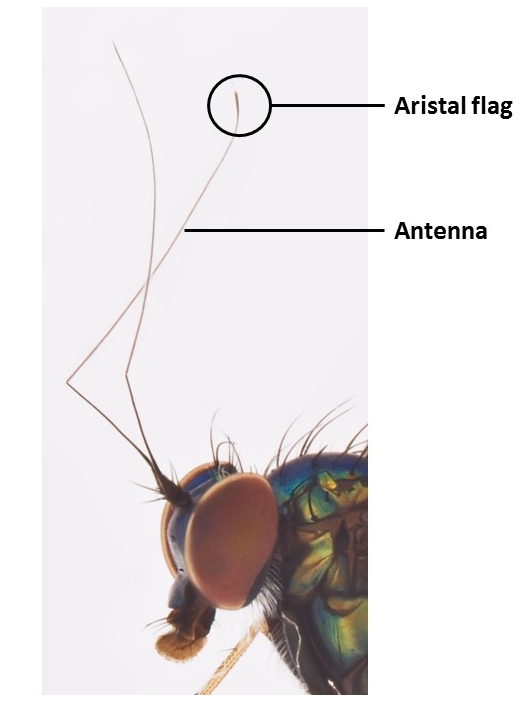
During courtship, the male would position himself behind the female, extend its forelegs over the female and wave for the female to see. If courtship is successful, the male would retract its forelegs to the base of the female’s wings and begin mating.
On the other hand, badge display also occurs with flies’ wings as some dolichopodid males have coloured tips on their wings.[10] However, it was later discovered that wing-waving behaviours are also displayed by species without colouration in their wings.[11] In fact, different species were found to have unique measurements of distance between male and female during badge displays.[12]
Out of the two general courtship behaviours, it is unknown if H. meieri exhibits either one or both. However, from morphological examinations, it appears clear that forelegs of a male specimen do not have coloured tarsus segments or aristal flags while its grey wings do not have coloured tips (Figure 9). It may be inferred that H. meieri exhibits flight maneuvers, by elimination yet this is still a hasty conclusion as behaviours of H. meieri has not been observed or recorded.
MORPHOLOGY AND IDENTIFICATION
Perhaps one of the most appealing features of the family Dolichopodidae is their intriguing morphology which defines the beauty of these little creatures. Despite the variance in sizes and lengths, dolichopodid flies are generally similar in their general appearances. Here, let's take a closer look at these flies under magnification to recognise their uniqueness.GENERAL ANATOMY
The adult of H. meieri often grows to an overall length between 3 and 6 mm, with a wing length of about 2 mm (Figure 1).Dolichopodid flies can be easily distinguished from other Dipteran flies based on their characteristic long legs, wing venation and relatively larger male genitalia. In fact, taxonomists rely greater on the structure of the male genitalia to classify the flies into different species. This method of morphological classification comes with a disadvantage when it becomes more difficult to tell closely-looking females of different species apart.
Dolichopodid flies have a unique wing venation which distinguishes them from other flies in Diptera. Taking a look at H. meieri, the wing of H. meieri has fused bm and dm cells and relatively simpler venation from other flies.
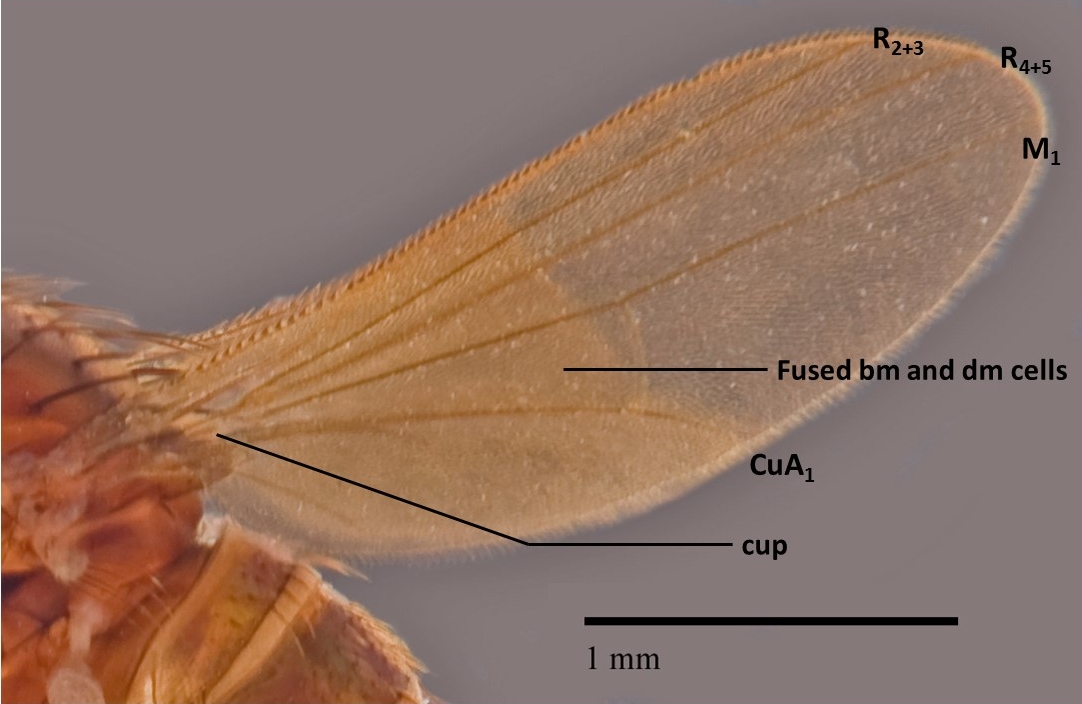
Dolichopodidae, meaning" long-legged flies", is indeed an apt name given to these flies who have characteristically long legs relative to body size as compared to other flies in the same order Diptera. Not only so, different species of dolichopodids also have unique traits on their legs. First, let's take a look at the different parts of H. meieri's fleshy long legs. Legs of insects are divided into three segments, the femur, tibia and lastly the tarsus which comes into contact with surfaces. In dolichopodid flies, they have long bristles on their legs which are used for cleaning.
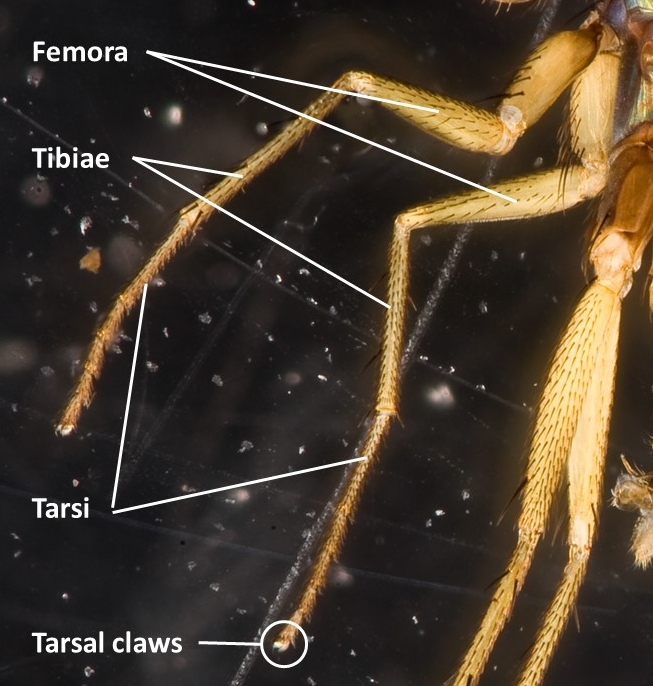
Ever wonder how do flies rest on vertical surfaces without losing their grip, with only the tarsus segments in contact to support their body weight? For dolichopodids, some species have adapted one or two claws at the tip of their tarsal segments to attach to rough surfaces. To aid their grip on smooth surfaces, dolichopodids also have pulvilli, protruding soft flesh, at the terminal ends of their legs[13] . However, for H. meieri, they have tiny single claws at the tarsal end but do not have pulvilli (Figure 9). It may not have adapted larger or more claws as it often spend time foraging on mudflats and moist banks which do not require adaptations for gripping. This applies to the absence of pulvilli too.
Not known to many people, dolichopodids can also be distinguished into different species by observing the shape of their post-pedicels, where the antennae are attached to. Looking at just 4 species in the genus Hercostomus, it is evident that antennae and post-pedicels are characteristic features for each species (Figure 10). For instance, H. meieri has a elongated post-pedicel while H. limosus has a shorter, triangular shaped post-pedicel. Comparing H. brevicornis with H. limosus, H. brevicornis has a rounder post-pedicel shape. As such, it is quite intriguing that H. meieri has a much elongated post-pedicel.
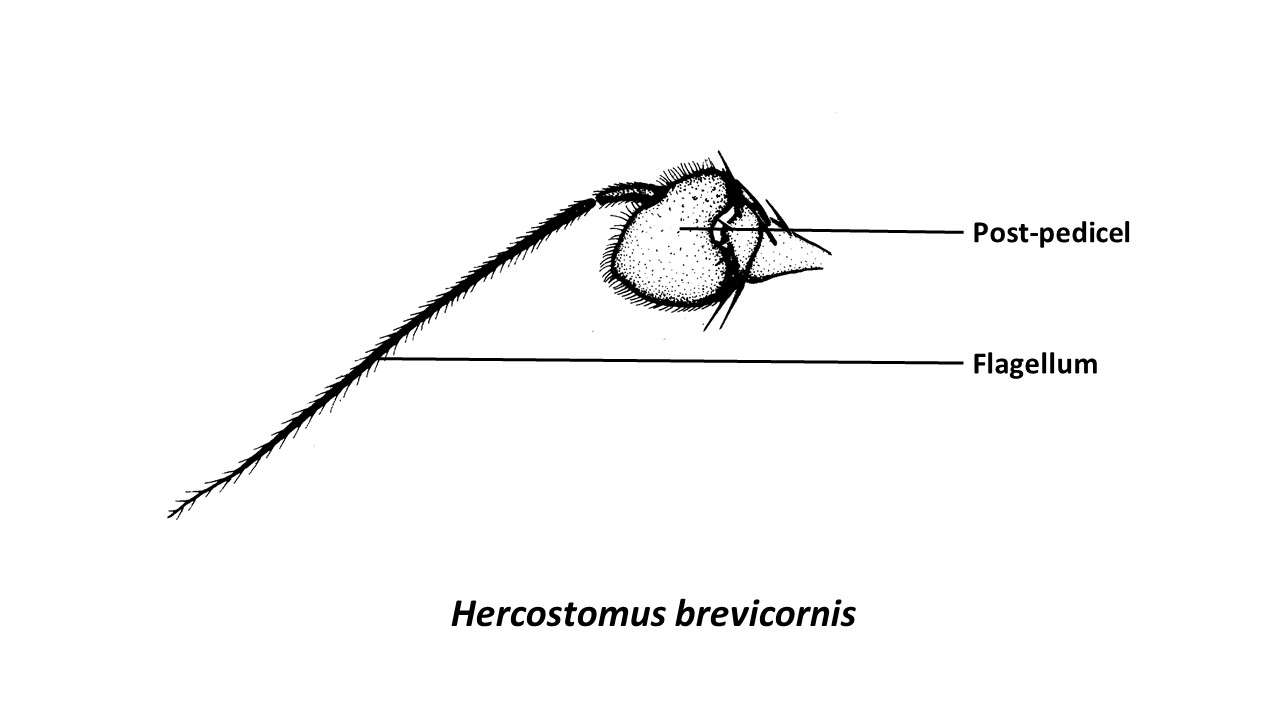 |
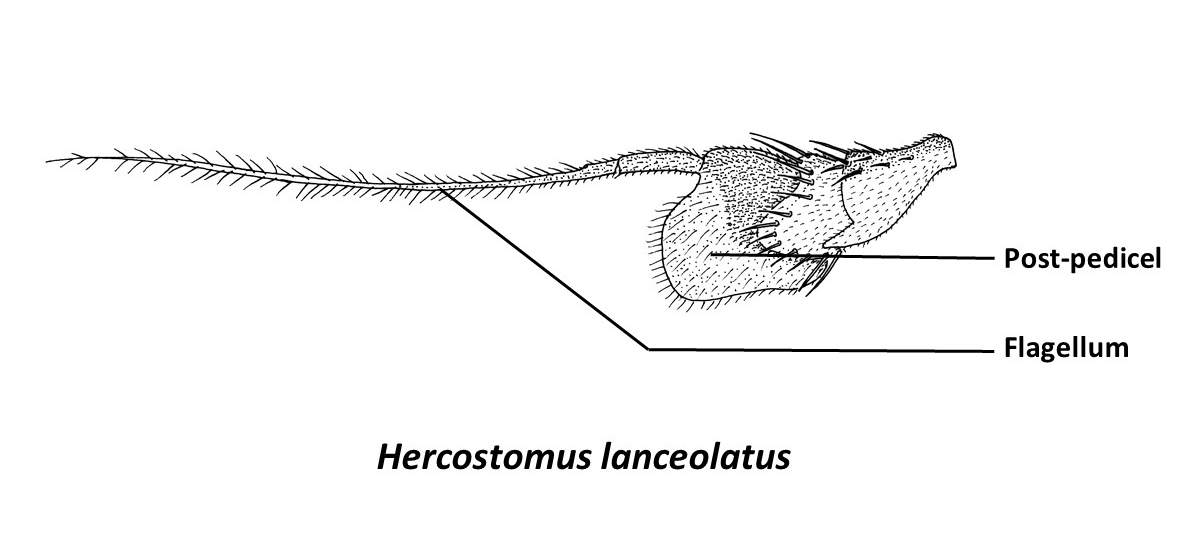 |
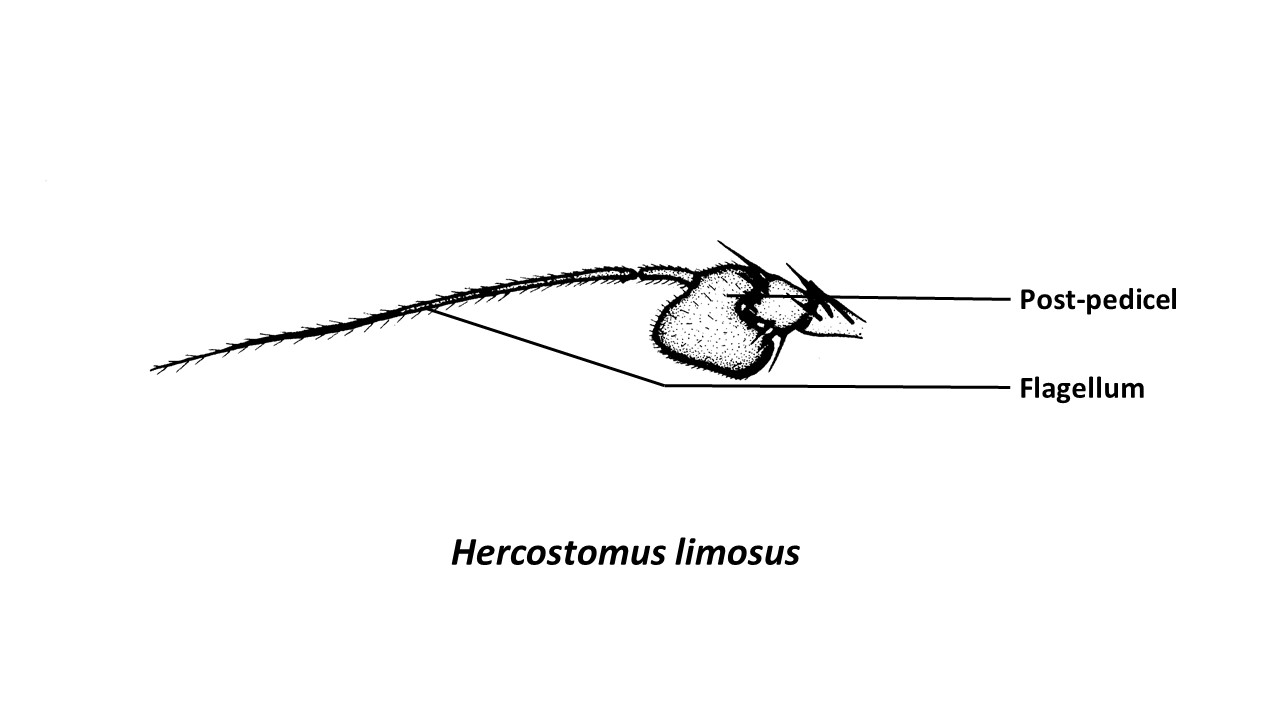 |
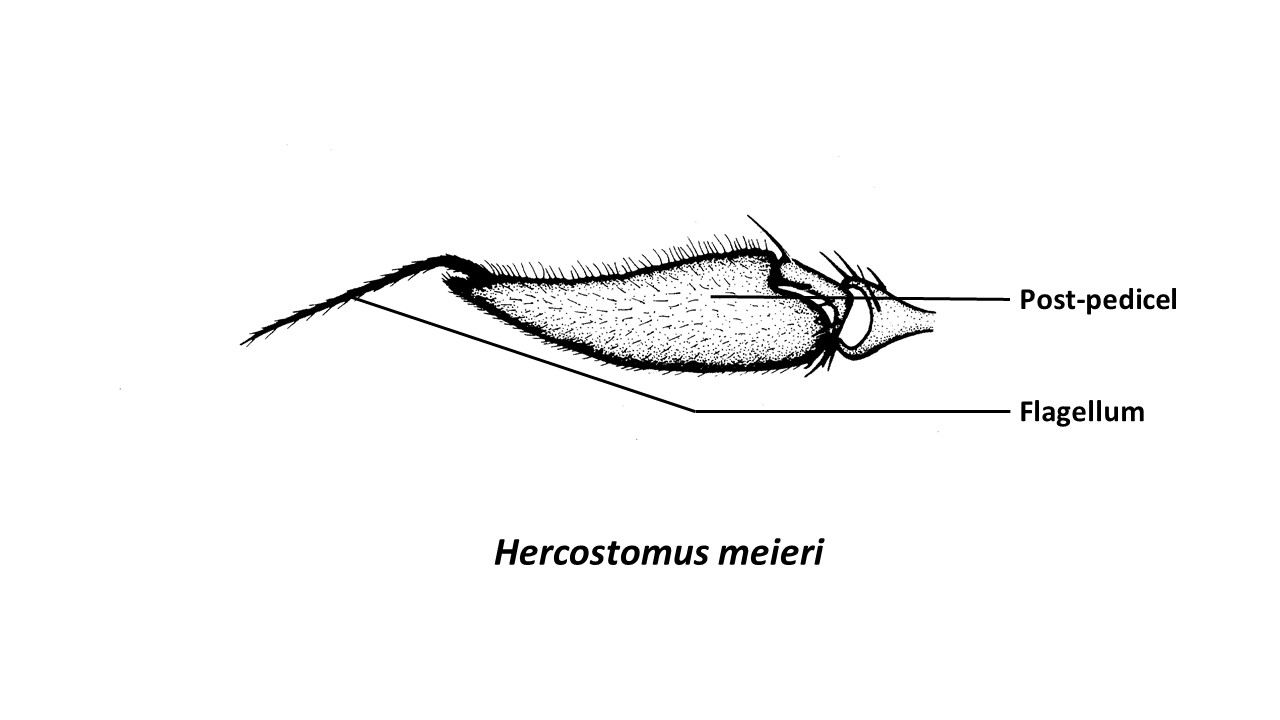 |
SEXUAL DIMORPHISM
The most notable feature to distinguish between males and females is the male genitalia. As mentioned previously, many species have unique male genitalia structures.
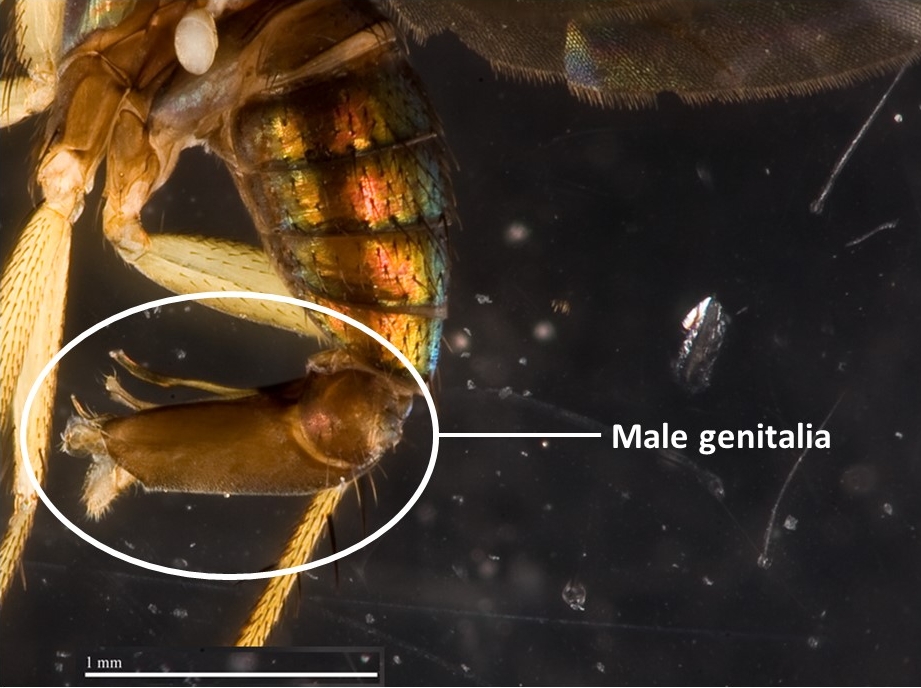
Figure 11. Image of male genitalia (circled) of H. meieri. (Taken by Chin Kai Qing)
Apart from the male genitalia, some species have sexual dimorphic characters like antennae flag and modified tarsal segments.
ADULT DESCRIPTION OF SPECIES
Head[14] * Brown antennae with black arista (tips of antennae)
|
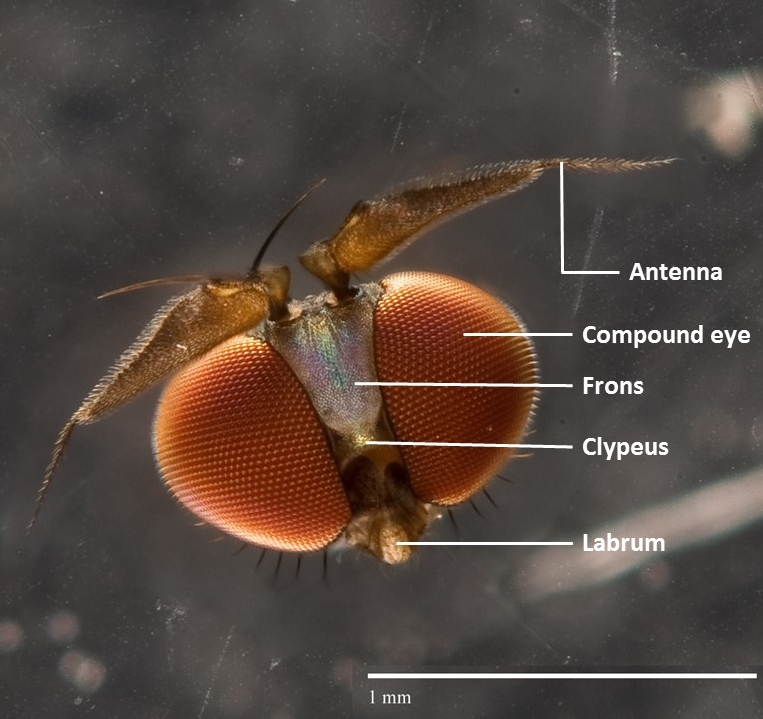 Figure 12. Annotated frontal view of H. meieri head (Taken by Chin Kai Qing) |
Male genitalia[15] * Cercus is nearly triangular
|
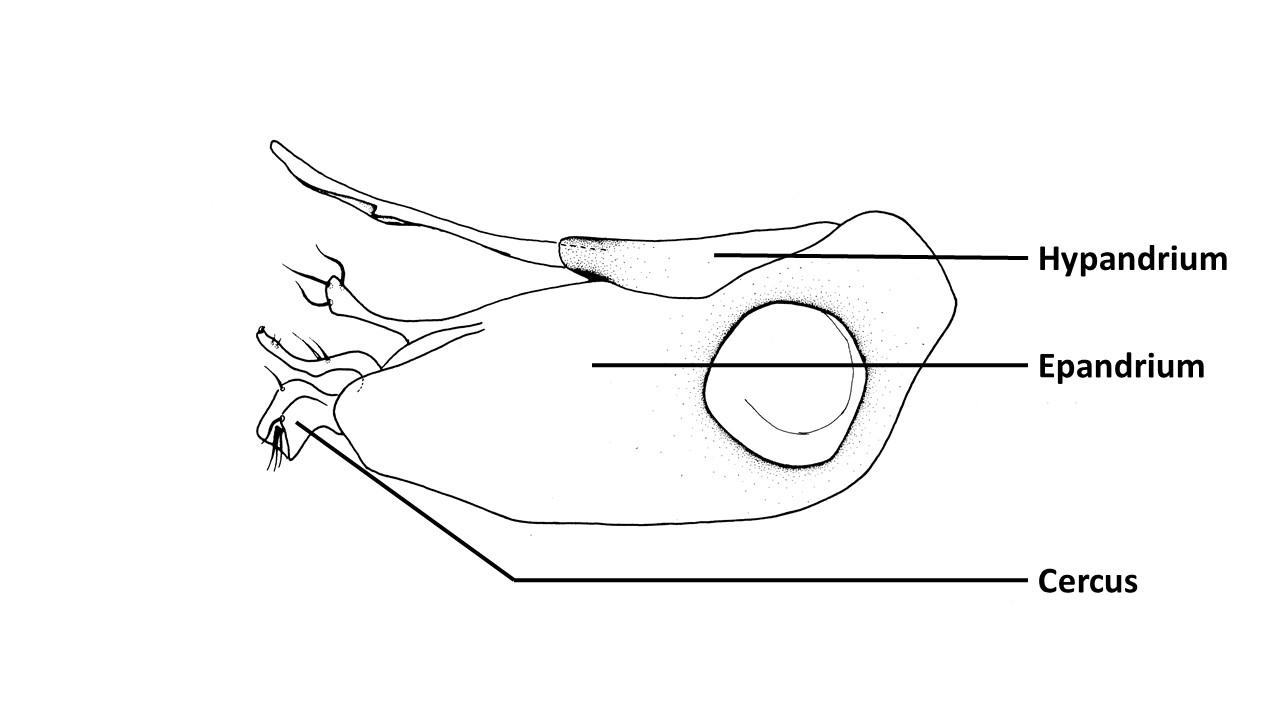 Figure 13. Annotated male genitalia of H. meieri (Taken from Zhang et al., 2008) |
TAXONOMY AND SYSTEMATICS
HOLOTYPE SPECIMEN
Hercostomus meieri was first described in Singapore and adult descriptions were published in a 2008 paper by Zhang et al.. The holotype specimen was found in Chek Jawa, Pulau Ubin, Singapore in 2003. (23097, coll. PG, det. LZ, Si113, ZRC). The type locality would thus be Chek Jawa, Pulau Ubin. When first described, the authors applied the Morphological Species Concept during diagnosis, hence classifying H. meieri as a new species based on its adult descriptions mentioned above.
SYNONYM
Hercostomus meieri was first described in 2008 hence due to its recency, there are no synonyms associated with it.CLASSIFICATIONThe system below reflects the classification of //Hercostomus meieri// above and to species level, generated using UniProt Taxonomy .
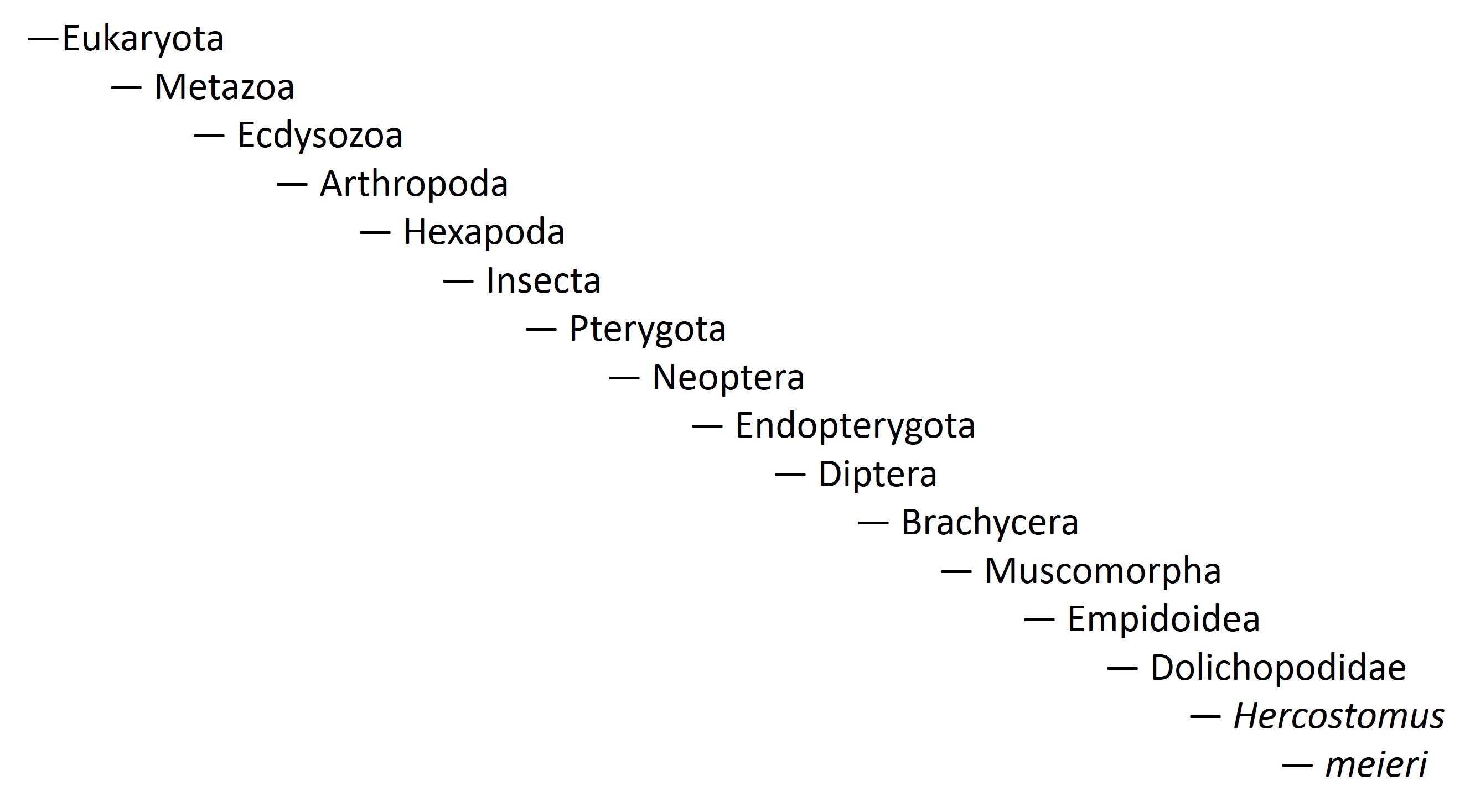
Figure 14. Classification system of H. meieri
PHYLOGENY
In 2011, a study of episodic radiation of various Diptera groups in the Tree of Life has been conducted and placed Dolicoodidae, together with families Hybotidae and Empididae, under Empidoidea which was further grouped into a larger umbrella of Neodiptera[16] .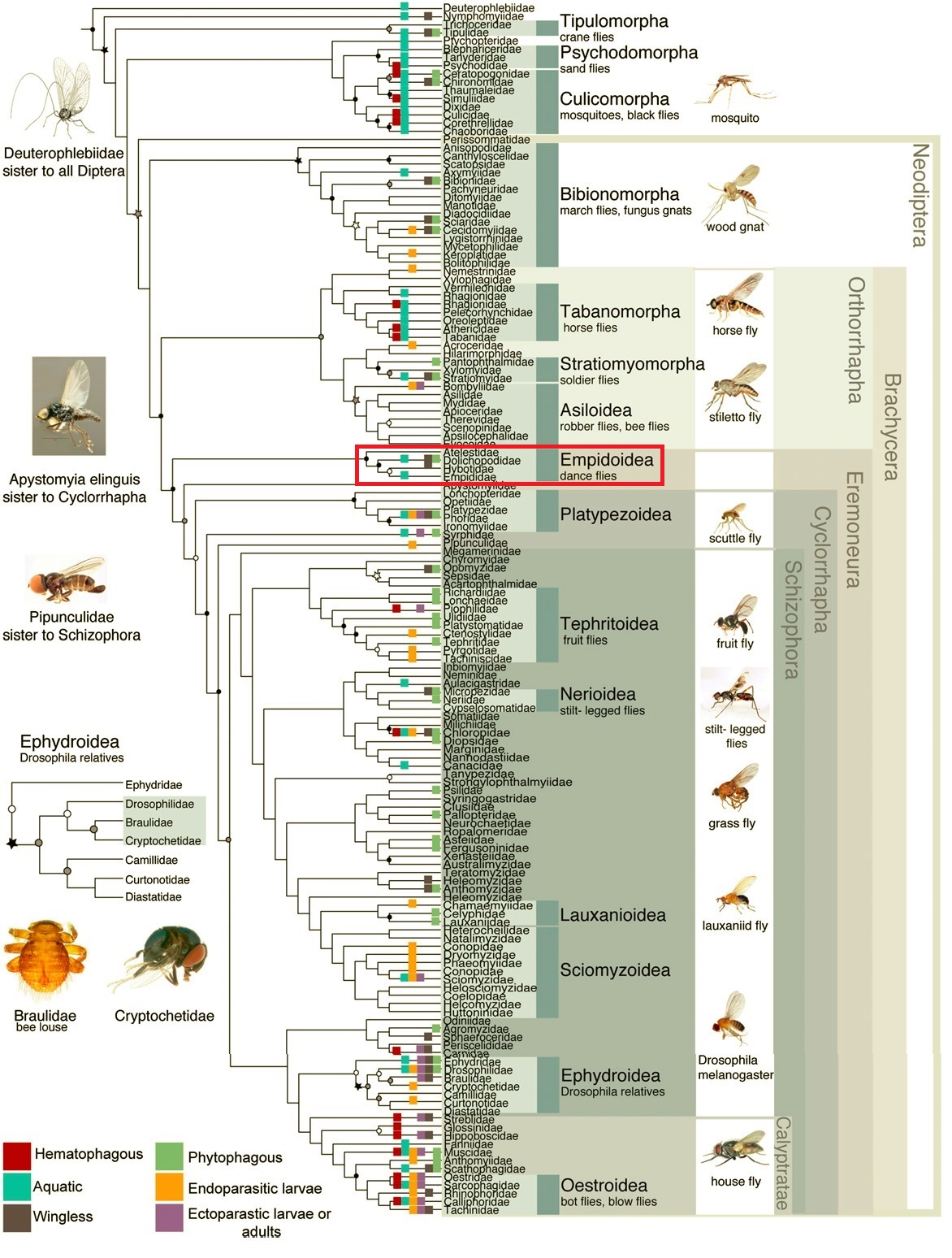
Figure 15. Placing Dolichopodidae in the Tree of Life studied for Diptera[17]
Among Dolichopodidae, the genus Hercostomus is one of the most morphologically diverse Dolichopodidae genera in the world, with about 271 described species present in the Oriental region.[18] It was first described by Hermann Loew, a German entomologist, in 1857. It was also known to be a polyphyletic group.[19]
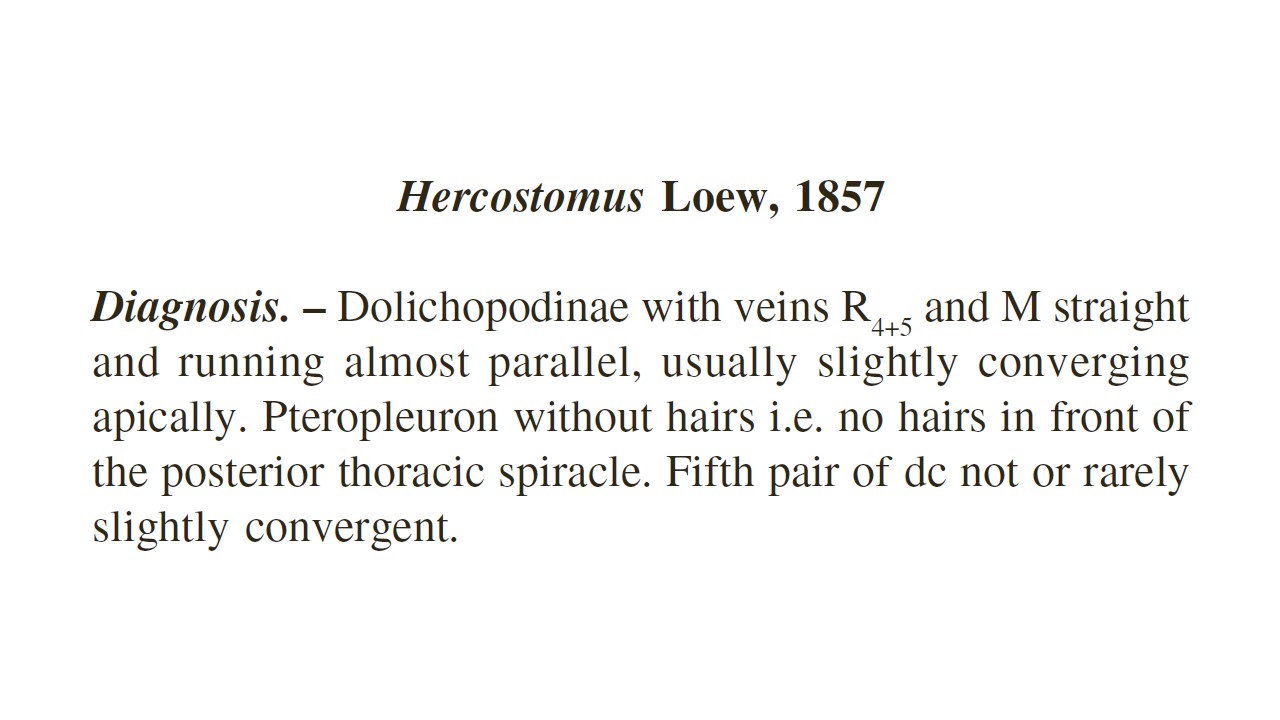
However, phylogenetic relationships of H. meieri has yet to be studied in details.
ACKNOWLEDGEMENT
Special mentions and great thanks to Dr Patrick Grootaert for sharing his knowledge on the dolichopodids and his advice during the creation of this page. In addition, to Mr John Hallmén and other photographers for their permission to use their magnificent photos for illustration, Prof Meier and everyone who has made this species page possible.REFERENCES
- ^ Courtney, G. W., Pape, T., Skevington, J. H. & Sinclair, B. J. in Insect Biodiversity: Science and Society 185–222 (Blackwell Publishing Ltd, 2009).
- ^ Englund, R. A., Wright, M. G. & Polhemus, D. A. in Biology of Hawaiian Streams and Estuaries 3, 207–232 (Bishop Museum Press, 2007).
- ^ Lim, G. & Hwang, W. S. Evolution of Dolichopodidae. Evolution of Dolichopodidae (2006). at <http://evolution.science.nus.edu.sg/projects/dolichopodids/>
- ^ Zhang, L., Yang, D. & Grootaert, P. Mangrove Hercostomus sensu lato (Diptera: Dolichopodidae) of Singapore. Raffles Bull. Zool. 56, 17–28 (2008).
- ^ Dyte, C. E. Some interesting habitats of larval Dolichopodidae (Diptera). Entomologist’s Monthly Magazine 139–143 (1959).
- ^ Englund, R. A., Wright, M. G. & Polhemus, D. A. in Biology of Hawaiian Streams and Estuaries 3, 207–232 (Bishop Museum Press, 2007).
- ^ Capinera, J. L. Encyclopedia of Entomology. (Springer Science & Business Media, 2008)
- ^ Zimmer, M., Diestelhorst, O. & Lunau, K. Courtship in long-legged flies (Diptera: Dolichopodidae): function and evolution of signals. Behav. Ecol. 14, 526–530 (2003).
- ^ Zahavi, A. in Evolution today: proceedings of the second international congress of systematic and evolution biology 133–138 (Carnegie-Mellon University Press, 1981).
- ^ Lunau, K. & Diestelhorst, O. Aktivität und Balzverhalten von Medetera spec. (Dolichopodidae, Diptera). Verh Westdtsch Entomol Ges 12, 153–158 (2000).
- ^ Zimmer, M. Visual communication during courtship in long-legged flies (Diptera: Dolichopodidae). Verh Westdtsch Entomol Ges 12, 159–167 (2000).
- ^ Zimmer, M., Diestelhorst, O. & Lunau, K. Courtship in long-legged flies (Diptera: Dolichopodidae): function and evolution of signals. Behav. Ecol. 14, 526–530 (2003).
- ^ Grootaert, P. & Puniamoorthy, J. Revision of Ngirhaphium (Insecta: Diptera: Dolichopodidae), with the description of two new species from Singapore’s mangroves. 62, 146–160 (2014).
- ^
Zhang, L., Yang, D. & Grootaert, P. Mangrove Hercostomus sensu lato (Diptera: Dolichopodidae) of Singapore. Raffles Bull. Zool. 56, 17–28 (2008). - ^
Zhang, L., Yang, D. & Grootaert, P. Mangrove Hercostomus sensu lato (Diptera: Dolichopodidae) of Singapore. Raffles Bull. Zool. 56, 17–28 (2008). - ^ Wiegmann, B. M. et al. Episodic radiations in the fly tree of life. Proc. Natl. Acad. Sci. 108, 5690–5695 (2011).
- ^ Wiegmann, B. M. et al. Episodic radiations in the fly tree of life. Proc. Natl. Acad. Sci. 108, 5690–5695 (2011).
- ^ Yang, D., Zhu, J. Y., Wang, Q. M. & Zhang, L. World catalog of Dolichopodidae (Insecta: Diptera). (China Agricultural University Press, 2006).
- ^ Brooks, S. Systematics and phylogeny of Dolichopodinae (Diptera: Dolichopodidae). Zootaxa 857, 1–158